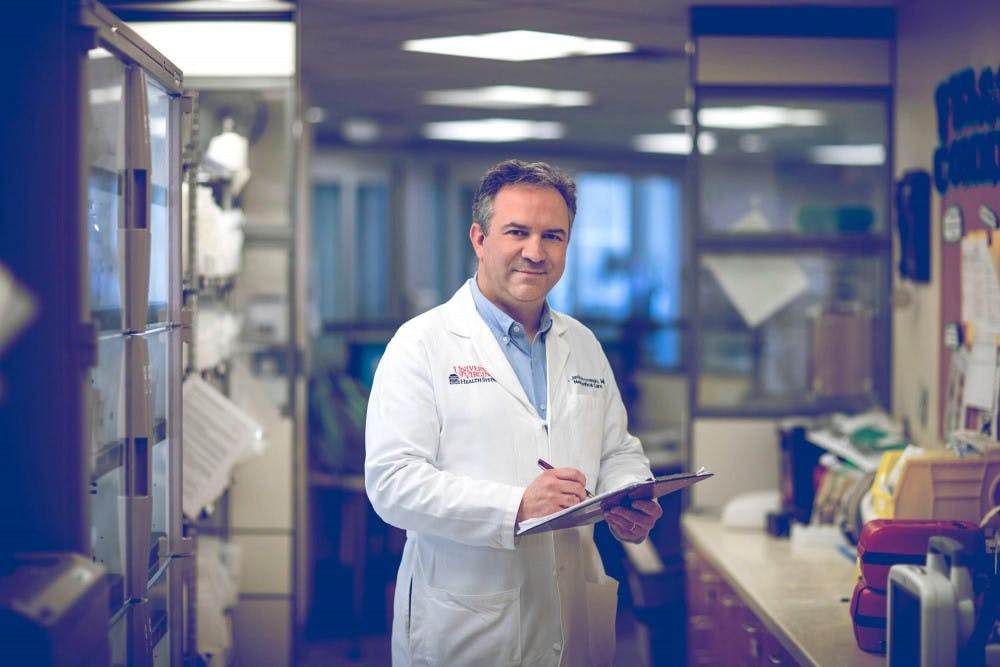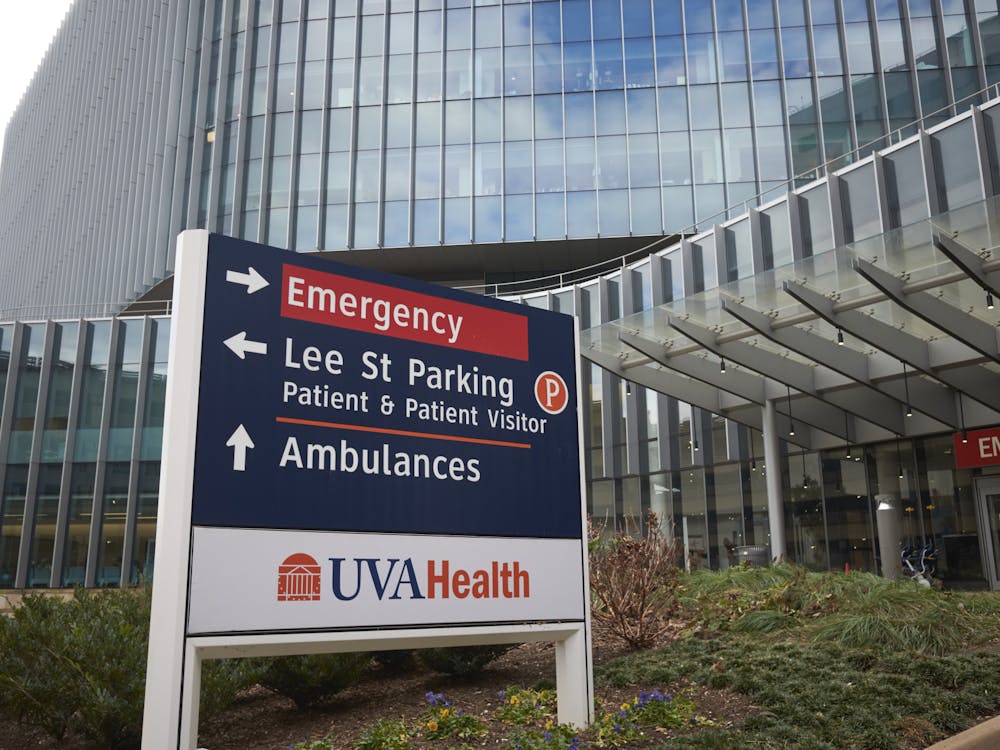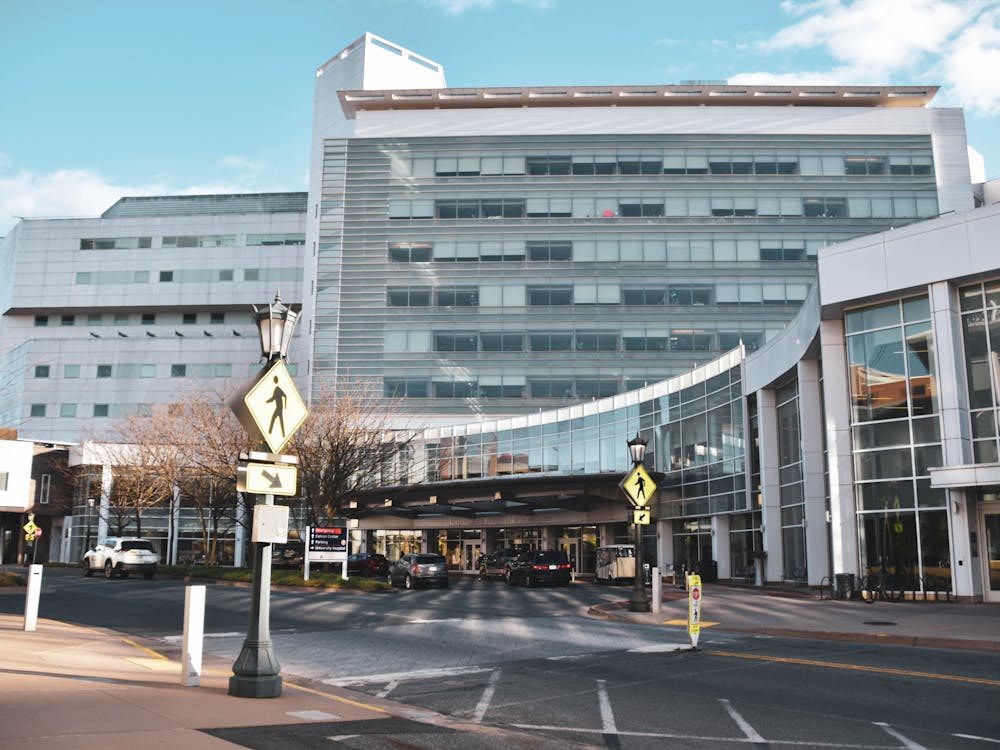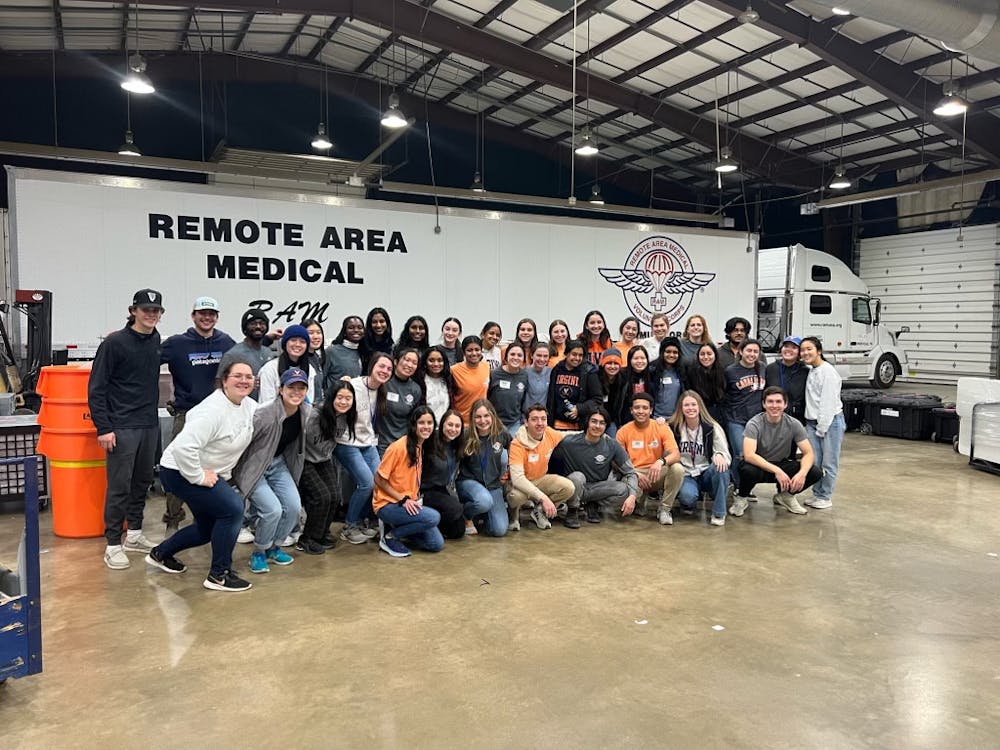Ruptured brain aneurysms are some of the most lethal silent killers in the world, claiming almost 500,000 deaths worldwide each year. They typically cause no prior symptoms, and, in most cases, go unnoticed until it’s too late. New research conducted by neurology Assoc. Prof. J. Javier Provencio and colleagues at the School of Medicine presents an opportunity to limit patients’ brain damage after a ruptured brain aneurysm has occurred.
A brain aneurysm is an engorged and weakened area in the wall of an artery that supplies blood to the brain. A ruptured brain aneurysm occurs when blood is released from the weakened artery into spaces around the brain, also called a subarachnoid hemorrhage. According to the Brain Aneurysm Foundation, a brain aneurysm ruptures every 18 minutes in the United States, and 40 percent of cases are fatal. Out of those who survive brain aneurysms, 66 percent suffer some permanent neurological deficit.
Cerebral vasospasm, a type of cognitive deterioration, affects about 30 percent of ruptured brain aneurysm survivors. Cerebral vasospasm is the physical narrowing of a blood vessel in the brain due to over-contraction of the vessel wall, causing reduced blood flow and brain damage. Fourteen percent to 36 percent of ruptured brain aneurysm patients suffer from disability or death caused by vasospasm.
Dwaine Rieves, a physician and former director of the FDA’s Division of Medical Imaging and Hematology Products, identifies cerebral vasospasm as a major hurdle facing neurologists since the early days of neurosurgery.
“Brain arteries have very unique constriction / dilation properties, and that is a huge area of research,” Rieves said in an email to The Cavalier Daily. “It’s almost as if the body was made to protect the brain above all … Though sometimes this ‘protection’ is actually a detriment, leading to [cerebral] vasospasm.”
Provencio, a lead researcher in cerebral vasospasm and neurology specialist at the U.Va. Medical Center, stated that cerebral vasospasm affects physical mobility and many cognitive functions such as memory, speech, attention and reasoning. According to Provencio, these symptoms of cerebral vasospasm can affect patients up to three days after the initial rupture.
“We are so focused on saving patient’s lives, sometimes we forget about everything else,” Provencio said. “Patients who suffer from cerebral vasospasm walk into my clinic, and I, as a doctor, am thrilled to see them alive. But then they tell me, ‘I wish I died.’ When I ask them why, they tell me it’s because their personalities are different or because they just can’t function the same anymore.”
When doctors repair patients’ narrowed blood-vessels, after a ruptured aneurysm has occurred, cerebral vasospasm does not necessarily improve. Research conducted by Provencio and his team points to inflammation as the root cause of cerebral vasospasm. Inflammation is part of the immune system’s natural response to vessel damage in the brain, and is caused by neutrophil cells.
Recent laboratory testing indicates if neutrophils are removed at an exact time three days after the initial rupture, cerebral vasospasm and any resulting cognitive deterioration are effectually eliminated. Research into the neutrophil cell is ongoing, and Provencio hopes to devise new inflammation treatments during the critical early stages after initial aneurysm rupture. This would prevent cerebral vasospasm from occurring at all and therefore improve the lives of ruptured brain aneurysm survivors.





